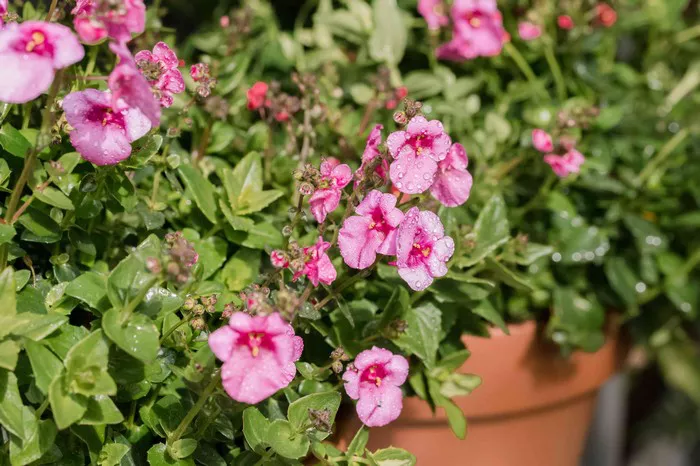Gardeners seeking to inject vibrancy into their cool-season gardens and hanging baskets need look no further than Diascia spp., commonly known as Twinspur. With an expanding array of varieties available, Diascia offers versatility to suit various color schemes and gardening needs. Flourishing with a dazzling display in spring, these plants often lie dormant during the summer heat, only to rejuvenate in autumn with a profusion of blooms.
Originating from South Africa, Diascia thrives in environments akin to its relative, the Snapdragon. Despite its non-native status in the Americas, Diascia proves non-invasive and easily managed. Regular deadheading and pruning post-spring flowering ensure abundant blooms, mirroring the care regimen of Snapdragons.
Caring for Diascia:
Diascia thrives in full sun or partial shade, demanding well-drained, moist soil with a neutral pH between 6.0 and 8.0. Periodic soil testing facilitates optimal growing conditions. To sustain its vigorous growth and prolific flowering, regular low-ammonium fertilization is advisable.
Ideal daytime temperatures in the 70s Fahrenheit, with nighttime lows above 50 degrees Fahrenheit, foster optimal growth, while high humidity may present challenges. While traditionally perennial in zones 8 through 11, newer cultivars like ‘Coral Canyon’ exhibit hardiness down to zone 5. Alternatively, Diascia can flourish as an annual or even as a houseplant, given adequate lighting.
Utilizing Diascia in Gardens:
Available in a plethora of cultivars, Diascia typically maintains a compact stature, reaching heights of 12 to 15 inches. Its spreading nature, spanning up to 18 inches wide, renders it ideal for border fronts, filling spaces with its resplendent blooms.
Well-suited for hanging baskets, Diascia complements both solo and mixed plant arrangements, serving as both filler and spiller elements. Its lack of fragrance ensures harmonious coexistence with other aromatic flowers. Furthermore, Diascia’s allure extends beyond aesthetics, attracting bees and butterflies, enriching gardens with pollinators.
By incorporating Diascia into garden landscapes, enthusiasts not only enjoy an extended flowering season but also contribute to the flourishing biodiversity of their surroundings.


